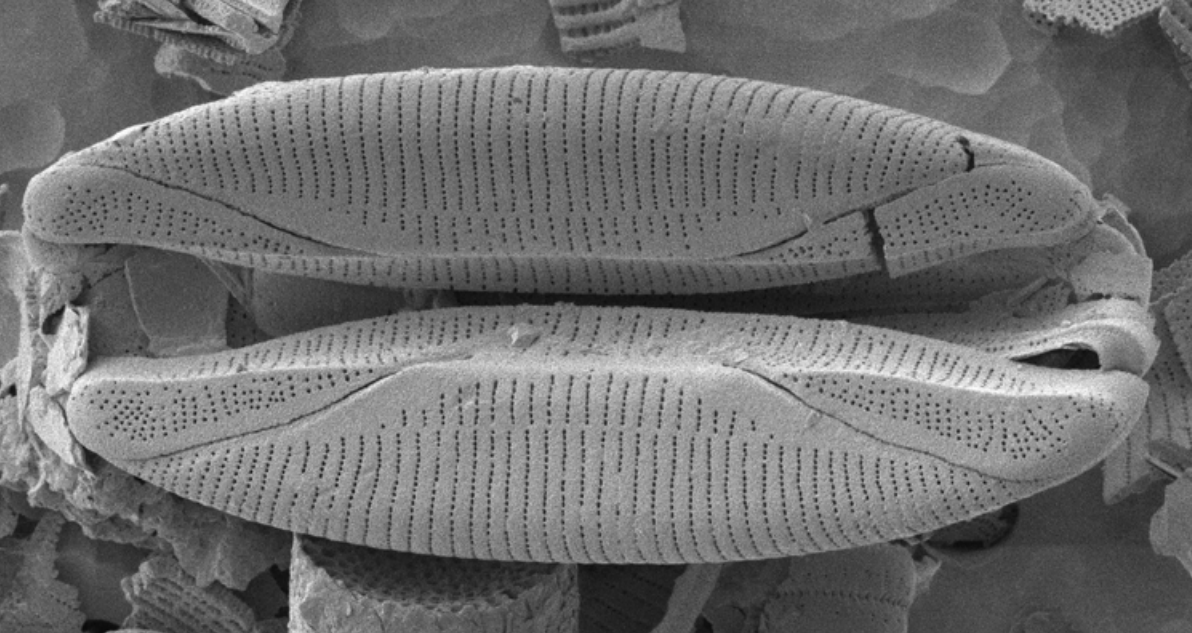News release
From:
"The warmth of the Miocene period in Antarctica concerns us because climate change is currently heading in a direction that could well lead to that continent becoming 5°C hotter than now, as it was in the Mid-Miocene 14-15 million years ago.
"This paper shows ancient lake deposits in the Friis Hills, Antarctica from the Miocene contained diatoms (microscopic algae) nearly all of which certainly do not and could not grow in Antarctica today; These hills are currently icy-cold dry desert. Analysis of species shows these algal communities are most like those found in the Sub-Antarctic or Arctic today. There were seasonally ice-free lakes several metres deep with moss round their edges, like the situation in Arctic tundra today.
"This detailed study of diatoms collected from the surface of the Friis Hills by New Zealander Warren Dickinson (ARC, VUW) is helping myself (SGEES, VUW) and Catherine Beltran (Chemistry Department, Otago University) understand what diatoms indicate about freshwater deposits in the longer Miocene record obtained by Friis Hills Drilling Project (leader Richard Levy GNS)."



 New Zealand; International
New Zealand; International



